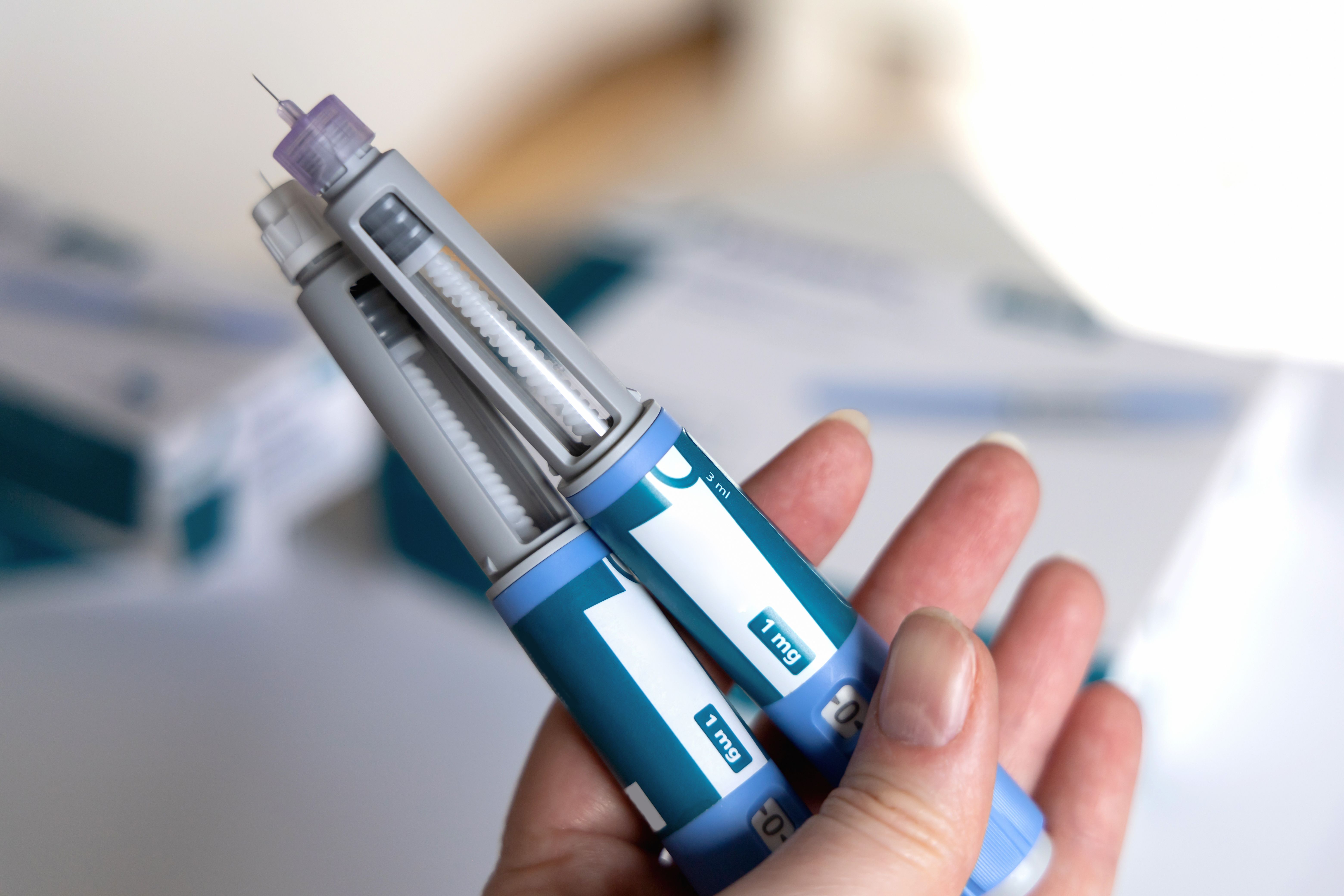Article
The Cost of Insulin Has Tripled in 10 Years
Author(s):
Concerns raised regarding a three-fold rise in the cost of insulin as other diabetes drugs remained stable.
Many patients with diabetes need insulin to survive. Some may start taking insulin injections as young children, some may be elderly, and some may fall in between.
A study published in the Journal of the American Medical Association examined the rising costs of insulin compared with other diabetes drugs that have stayed the same or became less expensive.
Researchers gathered data from the federal Medical Expenditure Panel Survey to examine pricing trends. The survey compiles how much insurers and patients pay for care and medication.
This data was gathered from 28,000 people during a time period from 2002 to 2013.
The researchers found that the price of insulin jumped from $231 per year in 2002 to $736 per year in 2013. These amounts are both reflected in 2013 dollars.
During this time, the cost of insulin jumped from $4.34 per milliliter to $12.92 per milliliter. Researchers also noted that the prescribed dosage went up from 171 milliliters to 206 milliliters.
"In the United States, the more than 3-fold increase in the cost of insulin over the past decade is alarming. It is a burden to both patients and payers and may deny some people access to a lifesaving therapy," study co-author William Herman, MD, MPH, said in a press release. "Although the newer, more expensive insulin analogs appear to have incremental benefits compared to older, less expensive insulin preparations, their premium price requires us to ask whether they are really necessary, and if so, for whom?
Conversely, the study found that the cost of other blood sugar medications plummeted during this time period.
Researchers were not able to separate the users of synthetic human insulin, which is less expensive, however. They also did not have access to other information and costs regarding supplies and devices insulin users needed. Furthermore, they were not able to gather information on which users took less expensive oral medications.
Further research would be needed to address these limitations and gather a more exact figure.
"What our study shows is how quickly things can change and why there is a need to focus on the costs as well as the benefits when deciding treatment options for people with diabetes," said senior author Philip Clarke, PhD.
Newsletter
Stay informed on drug updates, treatment guidelines, and pharmacy practice trends—subscribe to Pharmacy Times for weekly clinical insights.






